2024-02-02
How Rubber Surfacing Enhances Athletic Performance on Courts
In sports and recreation, the foundation upon which athletes perform is just as critical as their training and skillset. The suitable surfacing material can significantly influence safety and performance, making athletic flooring a pivotal decision for sports facility owners and school athletic directors. Poured-in-place rubber surfacing emerges as a leading option, offering a blend of durability, safety, and performance enhancement unmatched by traditional materials. This article explores the multifaceted benefits of rubber surfacing, delving into how it can elevate athletic performance, ensure safety, and provide sustainable, cost-effective solutions for sports facilities.
Safety is paramount in the design and operation of any sports facility. With the increasing awareness of sports-related injuries and their long-term impact on athletes, the need for surfaces that can mitigate risks and prevent accidents is more important than ever. Rubber surfacing, known for its shock-absorbing properties and slip-resistant texture, offers a promising solution. By examining its role in injury prevention, impact reduction, and compliance with safety standards, we can understand how poured-in-place rubber surfaces create safer environments for athletes to train, compete, and excel.
Beyond safety, the performance of athletes on the field or court is significantly influenced by the quality of the surface they play on. A surface that enhances traction supports joint health and responds to the dynamic movements of sports can propel athletes to new heights of performance. This article will explore the unique characteristics of rubber surfacing that make it an optimal choice for sports facilities looking to boost athlete performance. From its durability and versatility to its customizable nature, poured-in-place rubber flooring is designed to meet the diverse needs of various sports, providing a foundation that athletes can rely on to achieve their best.
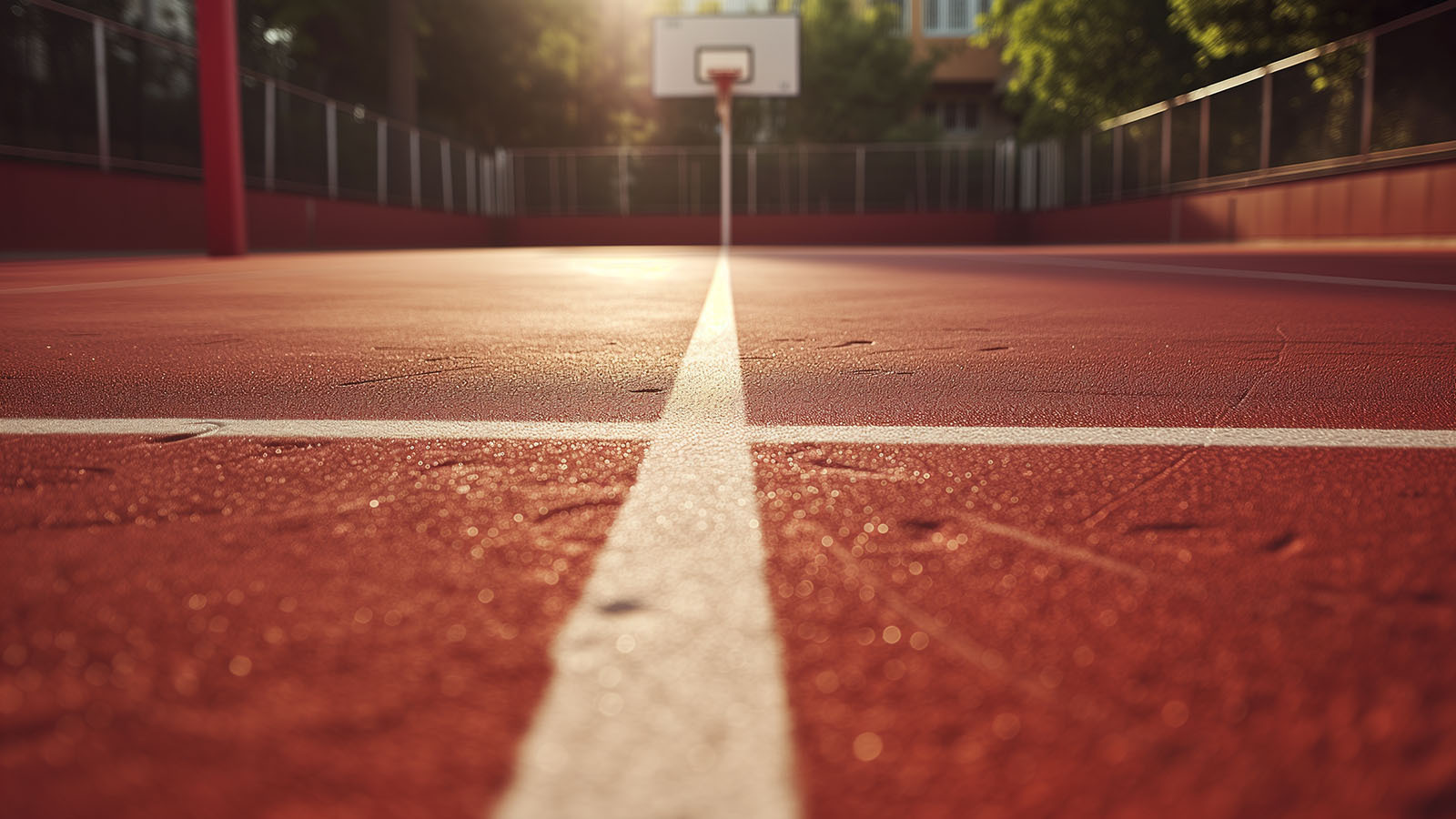
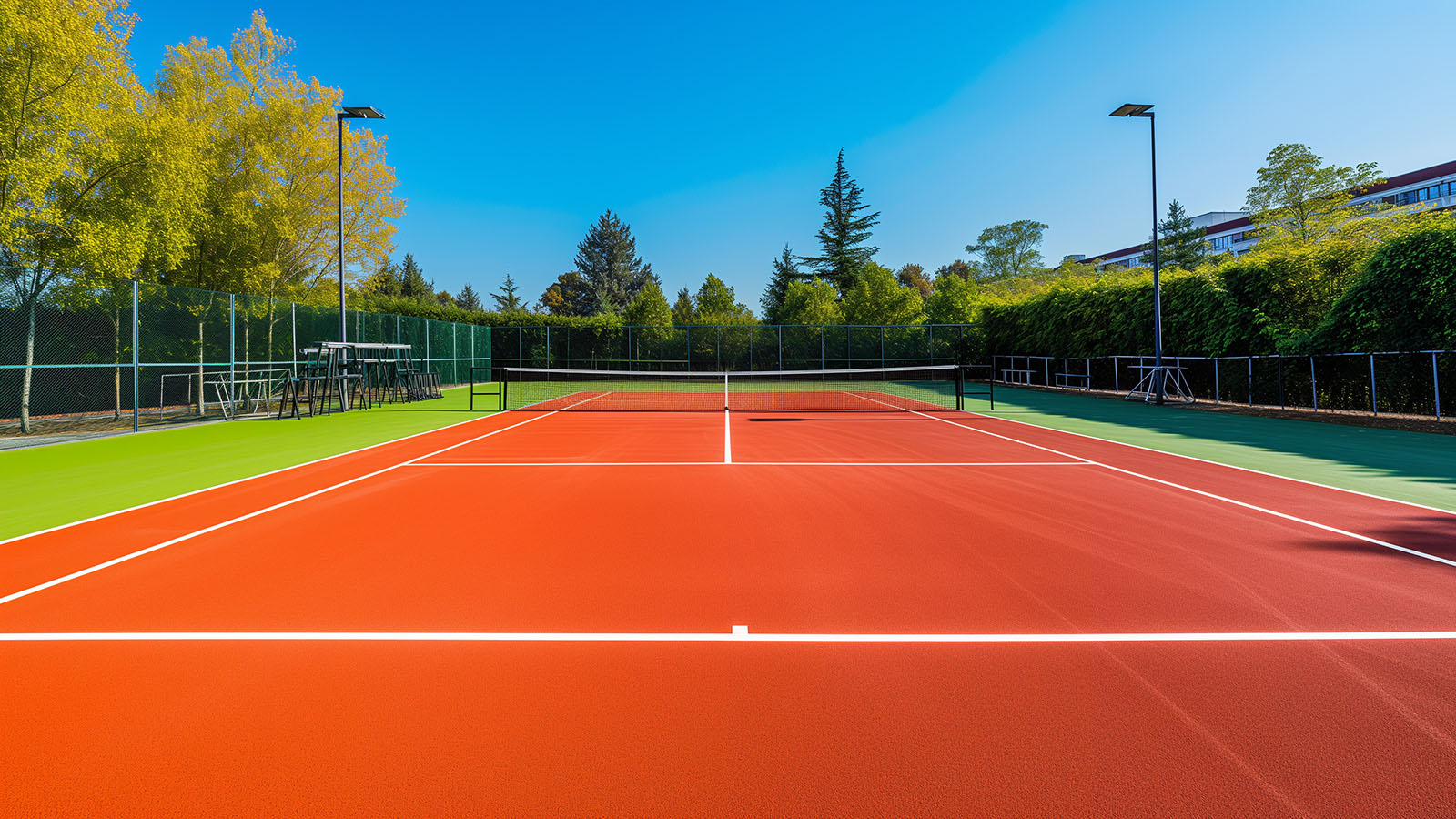
Safety and Injury Prevention
Ensuring athlete safety on courts goes beyond supervision and proper training; the choice of surface plays a crucial role in preventing injuries. A surface that lacks adequate shock absorption and stability can significantly increase the risk of accidents and long-term injuries. As such, selecting a suitable surfacing material is paramount for any athletic facility. Poured-in-place rubber surfacing offers a solution that meets and exceeds safety expectations, providing a foundation that actively works to prevent injury through its inherent properties.
- Shock Absorption: Reduces impact on joints.
- Traction: Minimizes slips and falls.
- Compliance: Meets safety standards.
The discussions on shock absorption, traction, and compliance with safety standards are not just technical considerations; they are essential elements that contribute to the overall well-being of athletes. By focusing on these aspects, facilities can create a safer environment that encourages performance without compromising safety. The careful design and implementation of the rubber surfacing stand are a testament to a commitment towards athlete health and injury prevention, setting a new standard for sports facilities everywhere.
The Role of Surface in Preventing Sports Injuries
The choice of surface material is pivotal in reducing sports-related injuries. A well-designed athletic surface can significantly diminish the risk of strains, sprains, and other injuries that athletes face. Poured-in-place rubber surfacing, with its unique blend of flexibility and firmness, provides a protective layer that absorbs impacts and lessens the force transmitted to athletes’ bodies. This mitigation of injury risk is crucial for sports facilities aiming to ensure the safety and well-being of participants, making rubber surfacing an ideal choice for schools and athletic centers prioritizing athlete health.
Shock Absorption and Impact Reduction
Rubber surfacing stands out for its exceptional shock absorption capabilities, which are crucial for reducing the impact on athletes’ joints and muscles. This quality is especially beneficial in sports involving running, jumping, or intense physical activity, as it minimizes stress and fatigue. By effectively dampening the force of impacts, poured-in-place rubber surfaces protect athletes from the repetitive stress injuries that can occur on harder surfaces, enhancing safety and comfort during play.
Traction and Surface Stability
Traction and stability are vital for athlete performance and safety, preventing slips and falls during high-intensity activities. Rubber surfacing provides a consistent, high-traction surface that ensures athletes can move confidently and securely. The inherent non-slip properties of rubber, combined with its ability to maintain stability under various weather conditions, make it an ideal choice for outdoor courts and playgrounds, ensuring athletes experience optimal conditions for performance and safety.
The Role of Compliance with Safety Standards
Compliance with safety standards is non-negotiable for athletic surfaces. Poured-in-place rubber flooring meets rigorous national and international safety standards, offering peace of mind to facility owners and athletes alike. This compliance signifies that the surface has been rigorously tested for impact absorption, slip resistance, and overall safety, ensuring that sports facilities provide an environment where athletes can focus on performance without compromising safety.
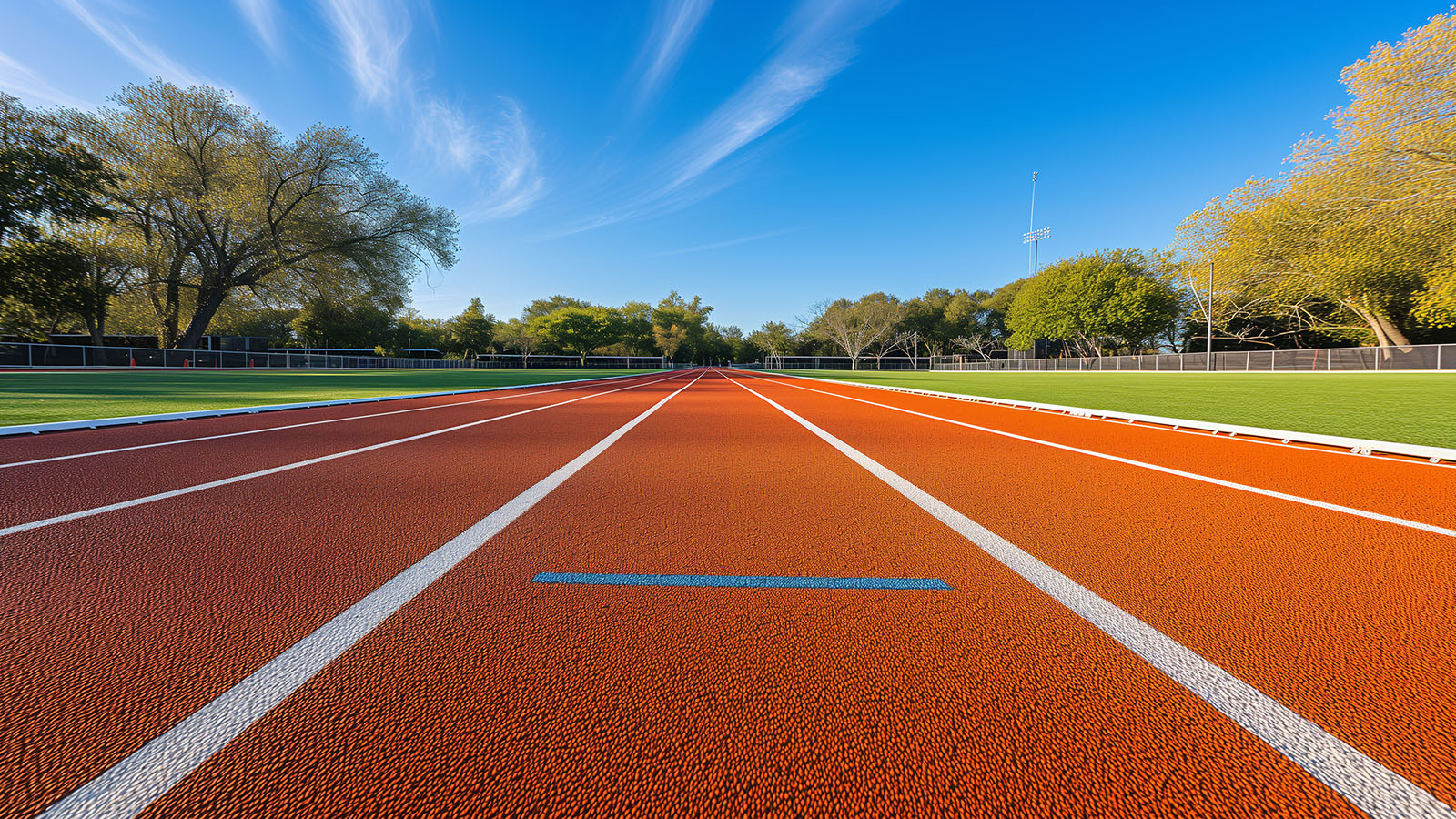
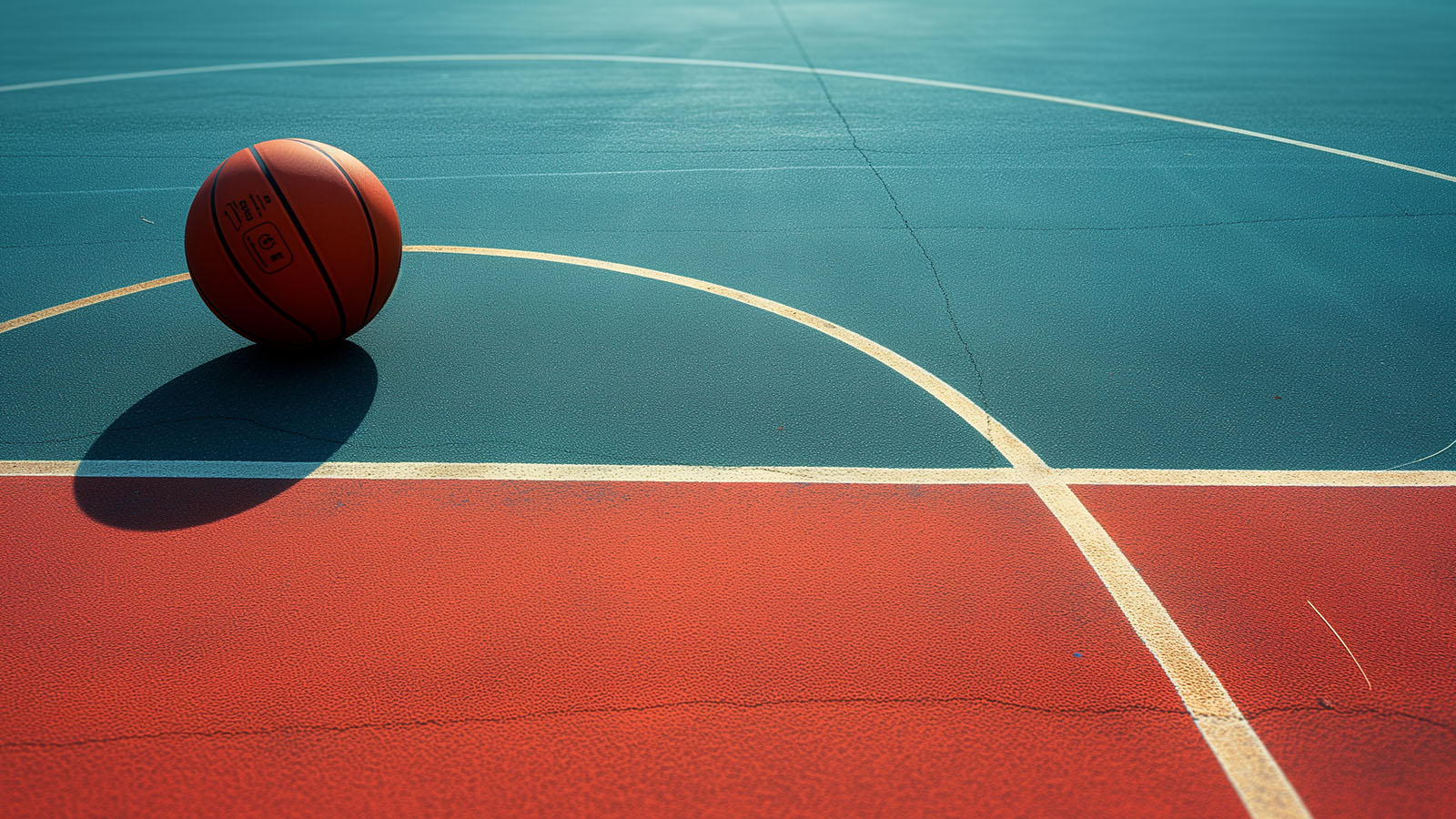
Performance Enhancement
The performance of athletes is intricately linked to the quality and characteristics of the surface they play on. A surface that can offer optimal traction, durability, and responsiveness is critical to enhancing athletic performance. Poured-in-place rubber surfaces are designed to meet these needs, providing a consistent, high-quality platform that supports athletes in achieving their best performance. From enhancing speed and agility to reducing fatigue, the benefits of a well-crafted surface extend across various aspects of physical activity.
- Optimal Performance: Enhances speed and agility.
- Durability: Withstands intensive use.
- Customization: Tailored to specific sports needs.
Rubber surfacing offers a unique combination of durability, versatility, and customization options that cater to various sports and activities. Whether adapting to the specific needs of a basketball court or a running track, the ability to tailor the surface properties ensures that each facility can optimize conditions for athletic excellence. This adaptability enhances performance and guarantees that the surface can endure the rigors of intense athletic activities, making it a wise investment for any sports facility.
Optimizing Athletic Performance
Poured-in-place rubber surfaces are engineered to optimize athletic performance by enhancing physical dynamics. The elasticity of rubber provides a responsive surface that can boost speed, agility, and overall performance. Athletes benefit from the reduced leg fatigue and improved foot traction, allowing for more dynamic movement and precision in sports activities. This performance optimization is key for athletes pushing their limits safely and effectively.
Durability and Longevity
The durability and longevity of poured-in-place rubber surfacing represent a significant advantage for sports facilities. Rubber surfaces are designed to withstand heavy use and harsh weather conditions and maintain their integrity and performance over time. This resilience translates to less frequent replacements and repairs, ensuring that facilities remain operational and attractive for years, making it a cost-effective solution for athletic directors and facility owners.
Versatility Across Sports
Poured-in-place rubber surfacing offers unparalleled versatility, catering to various sports and activities. Whether for basketball courts, running tracks, or multi-purpose sports fields, rubber surfaces can be tailored to meet the specific needs of each sport. This adaptability ensures that facilities can accommodate diverse athletic programs, enhancing their appeal and utility for community and educational settings.
Customization Options
One of the standout features of poured-in-place rubber surfacing is its extensive customization options. Facilities can choose from various colors, textures, and thicknesses to meet specific performance needs and aesthetic preferences. This customization capability allows for creating unique, branded environments that can boost team spirit and enhance the visual appeal of sports facilities, making each venue distinct and tailored to its community.
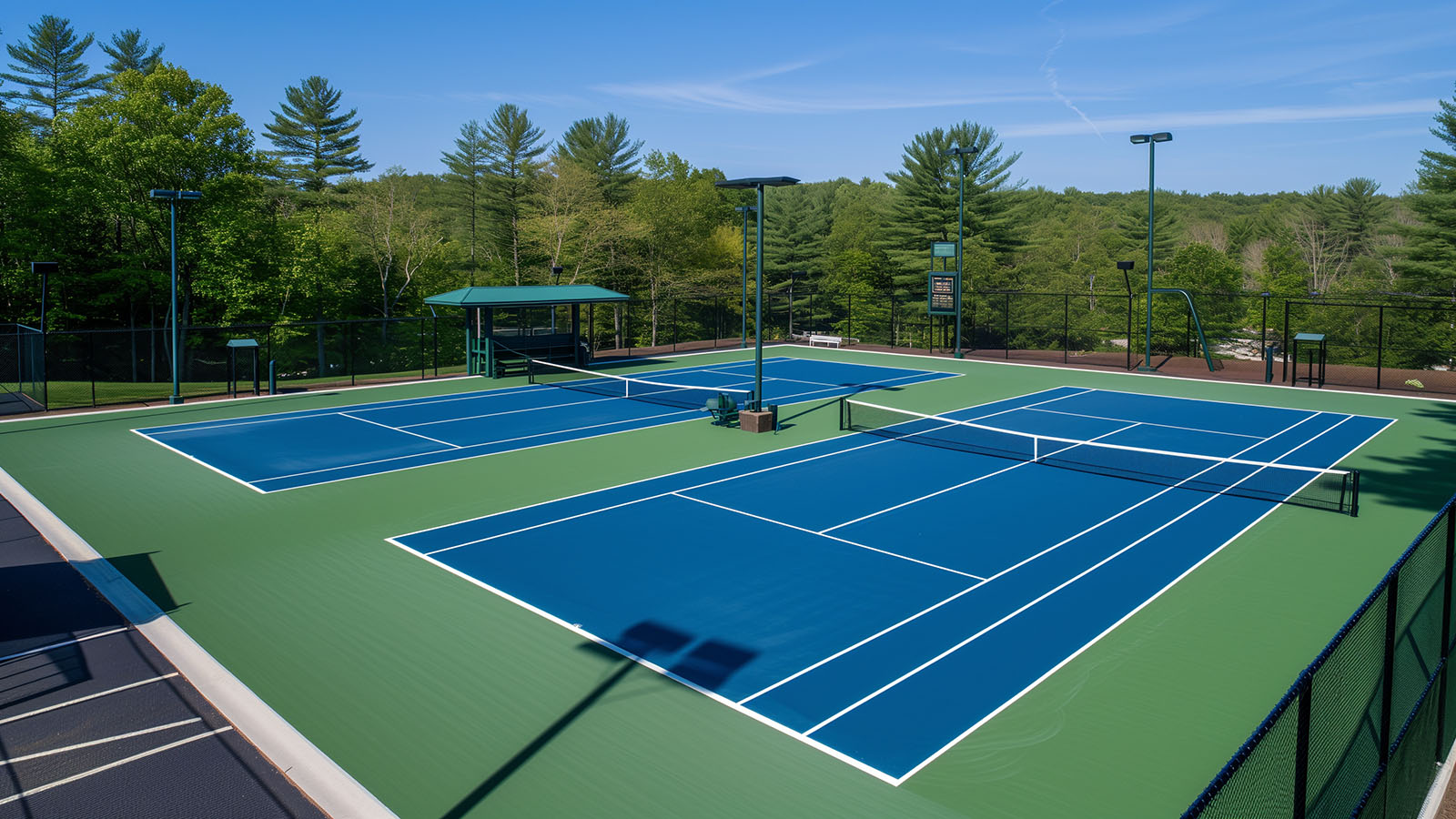
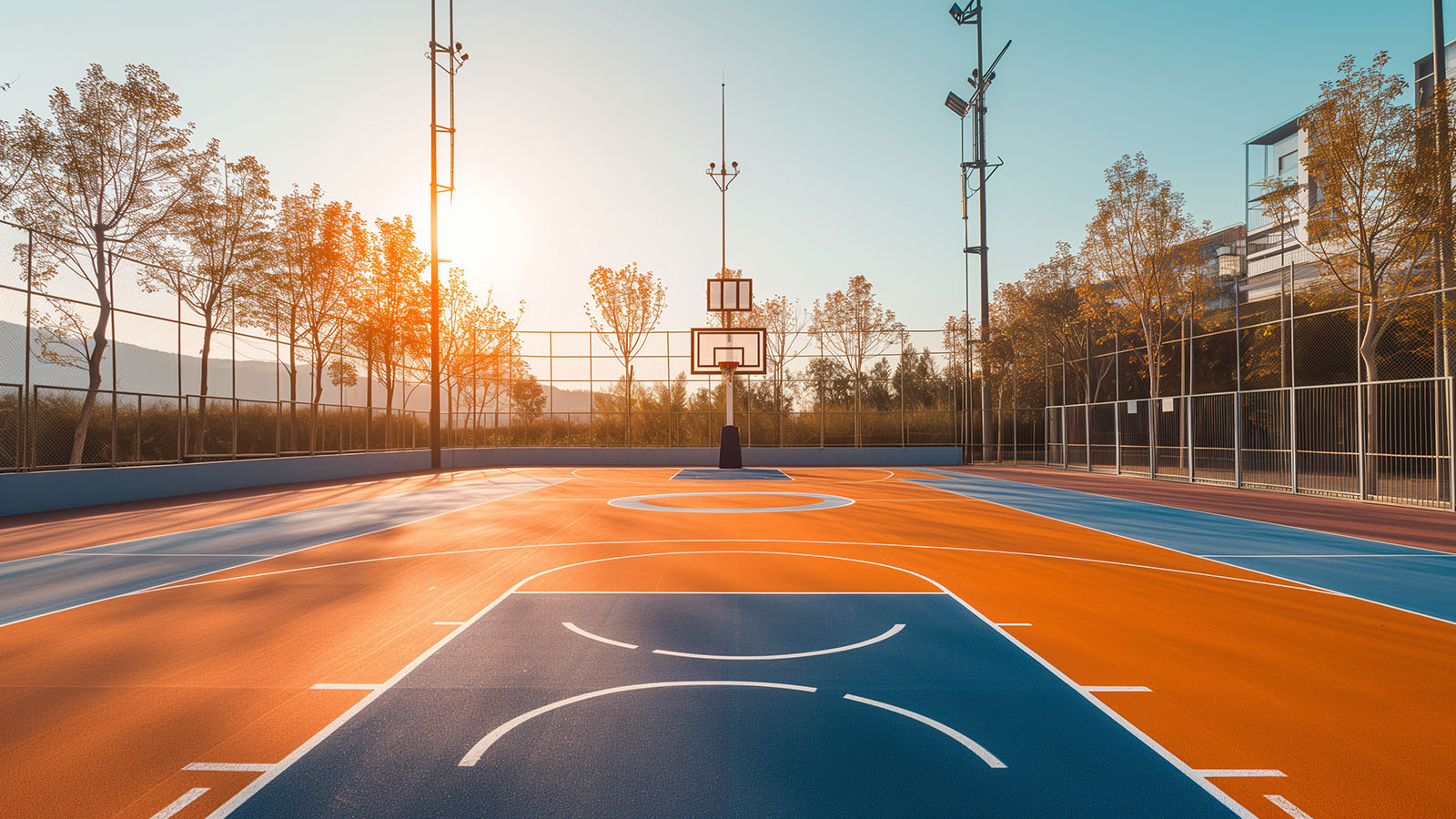
Maintenance and Sustainability
The long-term viability of sports facilities hinges not only on the performance and safety of their surfaces but also on their ease of maintenance and environmental sustainability. Poured-in-place rubber surfacing stands out, offering a low-maintenance solution that is as easy on the environment as on operational budgets. The inherent durability and resistance to wear and tear mean that these surfaces require less frequent repairs and replacements, contributing to a more sustainable operating model.
- Ease of Maintenance: Simplifies cleaning and upkeep.
- Environmental Benefits: Utilizes recycled materials.
- Financial Benefits: Reduces long-term costs.
In an era where environmental responsibility is paramount, using recycled materials in rubber surfacing presents an opportunity for sports facilities to contribute to sustainability efforts. This, coupled with the financial benefits of a long-lasting, low-maintenance surface, provides a compelling case for choosing poured-in-place rubber. Facilities prioritizing the ecological footprint and the bottom line will find rubber surfacing an ideal match, balancing performance and maintenance needs with a commitment to sustainability.
Ease of Maintenance
The ease of maintenance associated with poured-in-place rubber surfacing is a crucial benefit for sports facilities. Unlike other materials that require frequent, labor-intensive upkeep, rubber surfaces are low maintenance, needing only basic cleaning to remain in top condition. This ease of care ensures that facilities can allocate resources more efficiently, focusing on enhancing the athlete experience rather than on costly and time-consuming maintenance tasks.
Environmental Benefits
Rubber surfacing contributes to environmental sustainability in several ways. Often made from recycled materials, these surfaces repurpose rubber that might otherwise end up in landfills, reducing waste and the demand for new raw materials. Additionally, their durability and long lifespan lessen the need for frequent replacements, further diminishing the environmental impact. Rubber surfacing is an eco-friendly choice for facilities looking to promote green initiatives.
Long-Term Financial Benefits
Investing in poured-in-place rubber surfacing offers long-term financial benefits for sports facilities. The initial cost is offset by the surface’s durability, low maintenance requirements, and the reduced need for replacements. This translates to significant savings over time, making rubber surfacing a cost-effective solution. Furthermore, the safety and performance enhancements can increase usage and potentially higher revenue for community and school sports facilities, affirming its value as an intelligent investment.
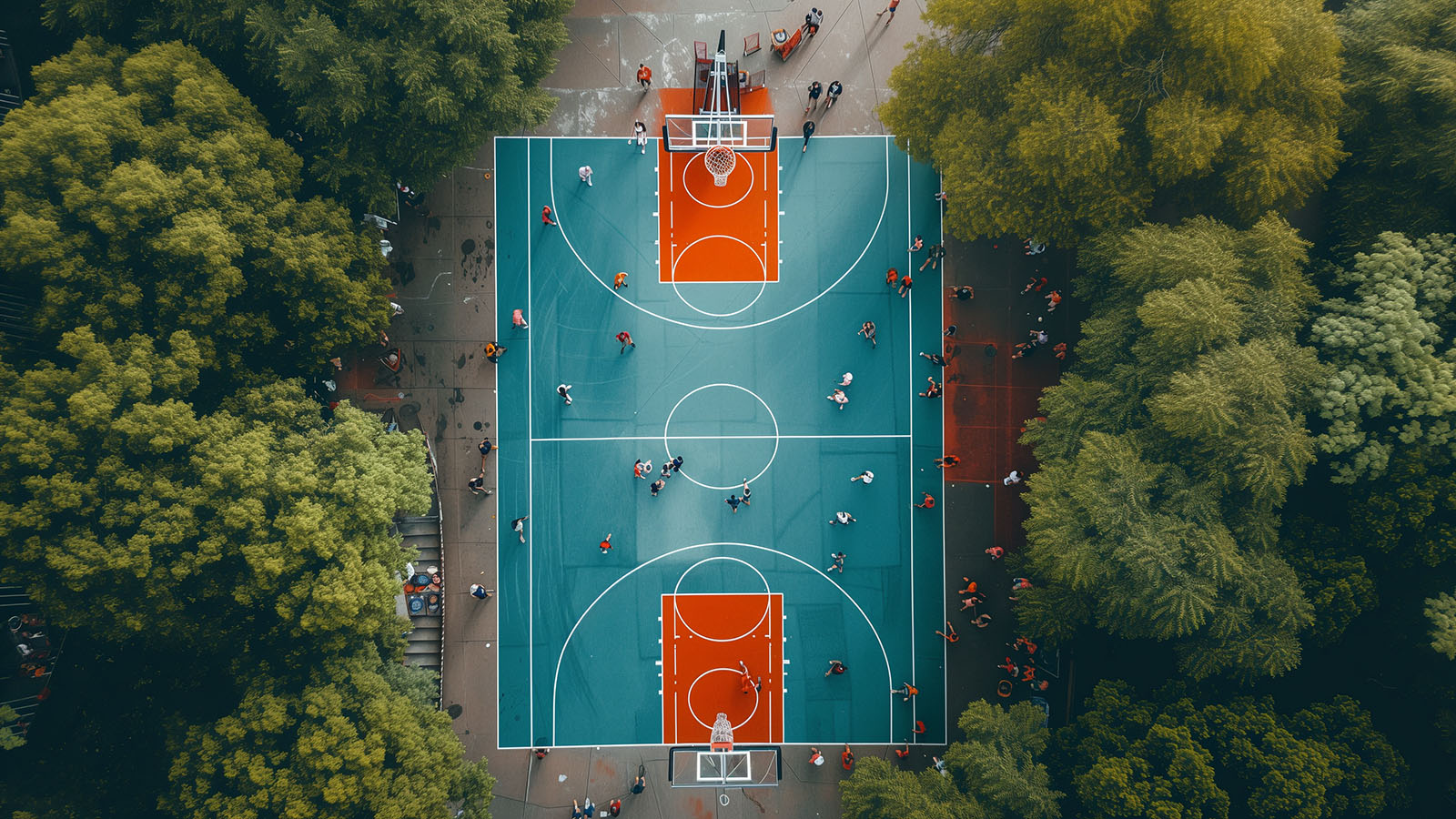
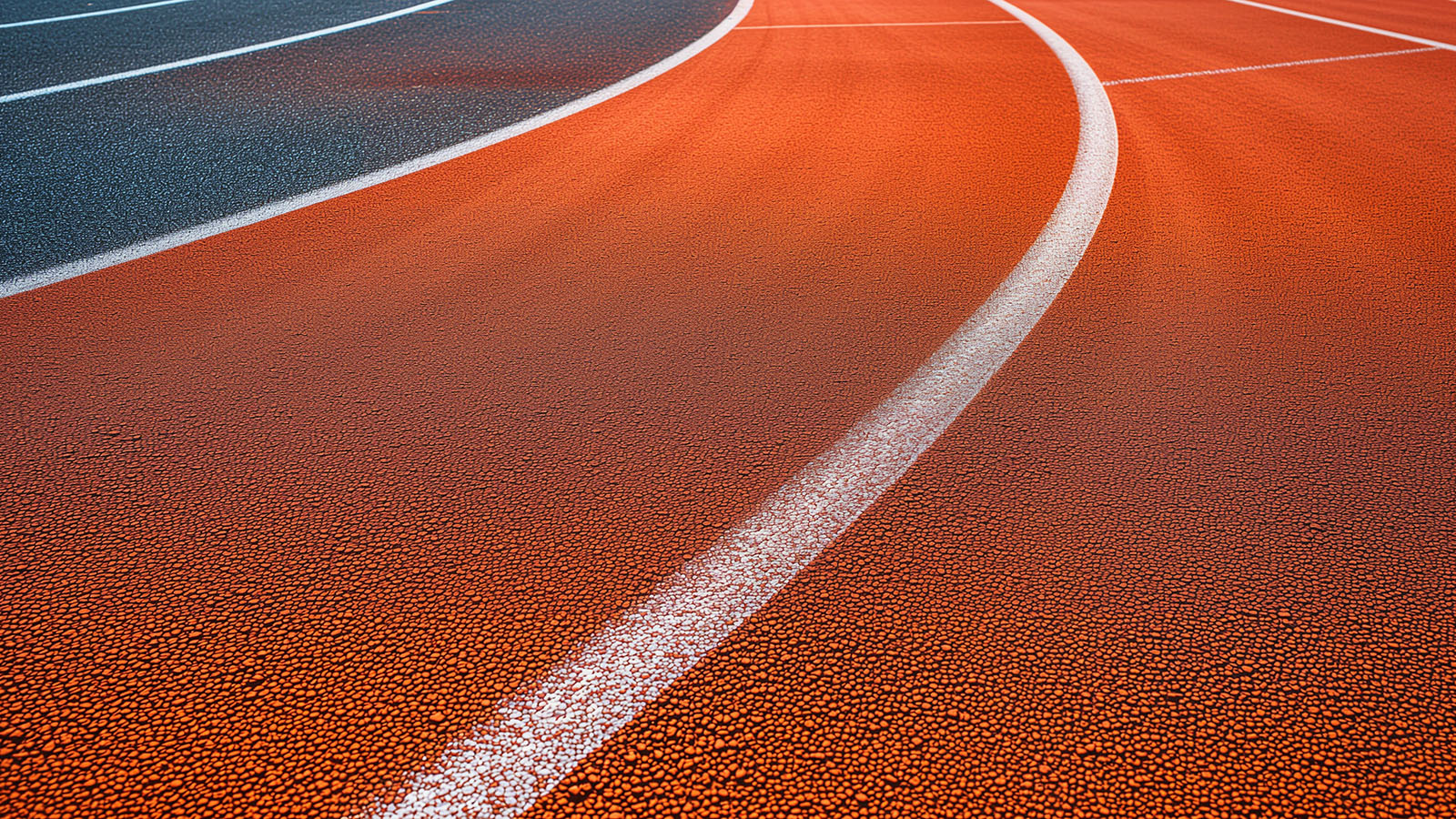
The Impact of Rubber Surfacing on Athletic Facilities
Throughout this exploration of poured-in-place rubber surfacing, we’ve uncovered its critical role in enhancing athletic performance, ensuring safety, and promoting sustainability within sports facilities. By offering exceptional shock absorption, superior traction, and adherence to rigorous safety standards, rubber surfaces stand out as a premier choice for athletic directors and facility owners aiming to prioritize the well-being and performance of their athletes. The insights gathered highlight how choosing the suitable surface material is not just a matter of preference but a strategic decision that significantly impacts athlete safety and performance.
Moreover, the durability and longevity of rubber surfacing contribute to its status as a cost-effective solution for sports facilities. Its ability to withstand extensive use and harsh weather conditions while maintaining its performance-enhancing characteristics ensures that facilities can enjoy a long-term investment that keeps paying dividends. The versatility and customization options available with rubber surfacing further underscore its utility, allowing facilities to tailor their surfaces to the specific needs of different sports and activities, enhancing the overall athletic experience.
In conclusion, adopting poured-in-place rubber surfacing in sports facilities represents a forward-thinking approach to athletic facility management. It meets the immediate needs of safety and performance and addresses long-term considerations of maintenance, sustainability, and financial efficiency. As we prioritize athletes’ health and success, the choice of rubber surfacing emerges as a clear pathway to achieving those goals, making it an invaluable asset for any sports facility looking to set new standards in athlete care and facility excellence.











